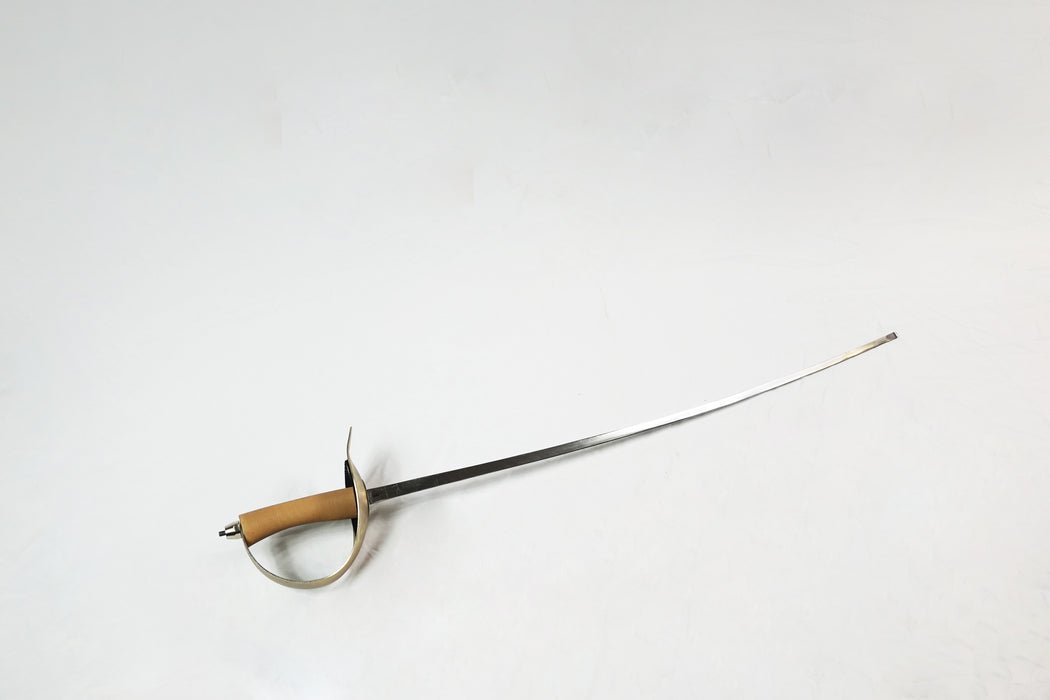We are offering a replacement blade for our IN MOTU Oldschool training saber M1 CURVED.
The blade has a triangular cross-section, making it stable during parrying. It tapers from the bell to the tip, so it only bends in the last third of its length during thrusting. It is slightly curved, reminiscent of the sabers described by Alfred Hutton in his fencing books. The tang of the blade has the same dimensions as Olympic blades, which makes our modular construction possible. This allows you to change, upgrade, or customize blades and other parts on the weapon.
Proper use of the blades for competitive fencing is essential. Blade breakages can only be claimed if there is evidence of a material defect within the first four weeks of use.
Data
Total length: 105cm (including rod)
Blade length: 88cm
Weight: approx. 300-330g
Flex: 5-7 kg
PRE-ORDER:
Currently, every order for the CURVED version is a pre-order until the first blade delivery is scheduled to arrive in December 2024.
Fencing blades and fencing weapons may only be used for the practice of fencing in accordance with the rules of the respective national and international federations or the specifications of clubs and schools.
Use by minors: The use of blades by minors must be supervised by a fencing master (trainer).
Foil and épée blades may only be used with a permanently attached tip (electric tip for electric blades or plastic tip for manual blades).
Before each use, the blade must be checked for damage, cracks, or deformation. Damaged blades with cracks or severe nicks must not be used.
Blade bending: If the blade is permanently deformed/bent at an angle of more than 30°, it must no longer be used, as there is a risk of breakage. Such a blade must not be bent back, as it may crack and break during combat.
Broken blades pose a particular threat. The circumstances of a blade breakage can lead to high tip speeds and high-energy impacts. Broken blades are known to penetrate protective clothing, potentially with fatal consequences. Fencing weapons may therefore only be used in conjunction with full protective equipment (according to DIN/EN 13567, as amended) to minimize the risk of injury.
Do not touch blades with bare hands to avoid injuries from sharp edges, nicks or splinters.
Fencing blades and weapons should not be modified or tampered with by the user. Repairs or replacement of parts should only be carried out by qualified personnel.
Fencing blades should only be used as complete and properly assembled fencing weapons with compliant handles, bells, and tips to ensure safe handling.
Fencing weapons and blades must be transported in a suitable fencing weapon bag and stored in a safe, dry place to prevent damage or accidents.


